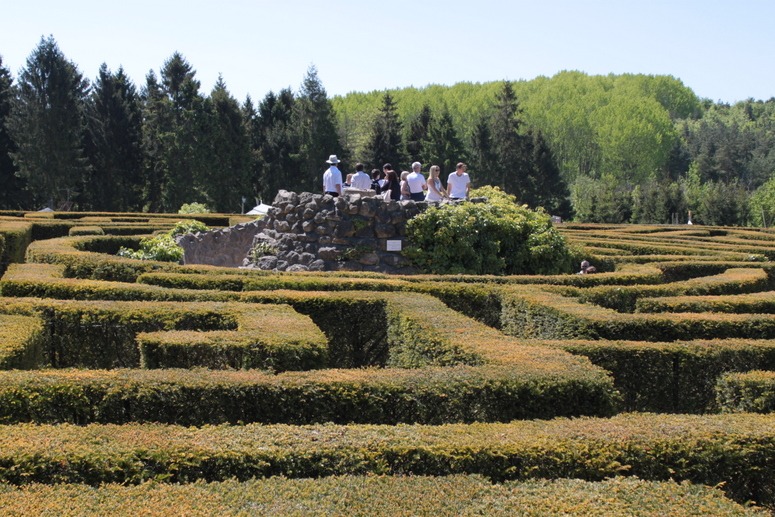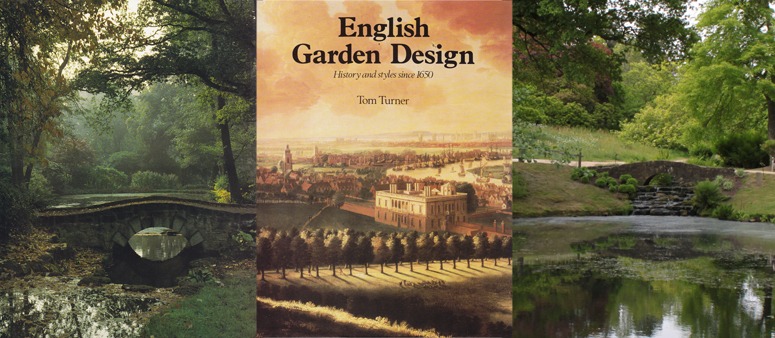Looking at London from the Eye gives a whole new perspective on the city. Another view from the Eye enables the viewer to ask ‘how green is my city?’ Some of the answers might surprise.
Category Archives: Garden Visiting
Does Leeds Castle have the lovliest castle garden in England?
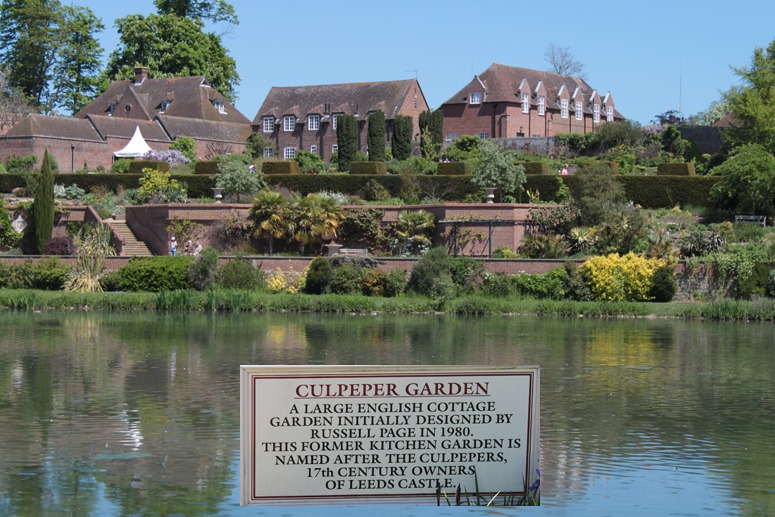 No. It does not.
No. It does not.
Leeds Castle gets enormous and well-deserved publicity as ‘the lovliest castle in England’ and is crowded with visitors paying £17.50 each in 2010. My guide book says the garden is Grade II listed. If correct, this is ridiculous. The designed landscape around the castle should be Grade I+++ listed. The riverside garden and the Culpepper Garden (supposedly designed by Russell Page) are mediocre. But why? With such a host of visitors the Leeds Castle Foundation must have a sufficiency of funds. I would not criticise the design if it were a public park in run-down town in a depressed part of the English Midlands. But for the surroundings of the very finest example of a designed medieval landscape in England – I recommend the appointment of a skilled designer-manager.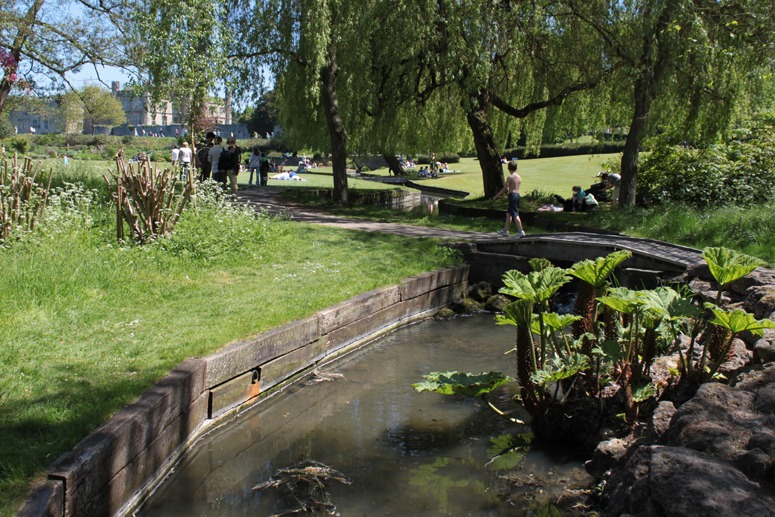 England has few better places in which to dream of gallant kings, beautiful maidens and the age of chivalry. At the time of their marriage, in 1524, Edward was 15. Eleanor was 10 years old, Spanish and beautiful. It was an exceedingly happy marriage, arranged by their parents. They had 16 children. Edward was a great military leader and in 1271 he and Eleanor were in Acre, crusading. Her child miscarried and they returned home via Rome, where they met the Pope, and via Paris. We would frown on the early marriage and the anti-Muslim crusade. One can rarely judge an earlier age by the standards of a later age – but we need have no reservations in criticising the current design of Leeds Castle Gardens. It’s pathetic. And why did they litter the streambank with old railway sleepers?
England has few better places in which to dream of gallant kings, beautiful maidens and the age of chivalry. At the time of their marriage, in 1524, Edward was 15. Eleanor was 10 years old, Spanish and beautiful. It was an exceedingly happy marriage, arranged by their parents. They had 16 children. Edward was a great military leader and in 1271 he and Eleanor were in Acre, crusading. Her child miscarried and they returned home via Rome, where they met the Pope, and via Paris. We would frown on the early marriage and the anti-Muslim crusade. One can rarely judge an earlier age by the standards of a later age – but we need have no reservations in criticising the current design of Leeds Castle Gardens. It’s pathetic. And why did they litter the streambank with old railway sleepers?
The maze at Leeds Castle is of a different quality: it is well conceived, well made, well positioned and popular. Unicursal (one-path) labyrinths were popular religious symbols in the middle ages and symbolized the spiritual path a pilgrim might take. Multicursal (many-path) mazes were popular renaissance games. They were fun to experience and symbolic of the difficulties of finding and winning the game of love: a fair maid might be placed at the centre of a maze. The Leeds Castle Maze is enjoyed in precisely this way and does not conflict with the medieval castle landscape.
Is there too much of Kew Gardens at Wakehurst Place?
‘Father, forgive them, for they know exactly what they do’. (adapted from Luke 23:34). I have always liked Wakehurst Place and have put it on the dustjacket of a book – but I criticised Wakehurst Place last year and after another recent visit am being driven to conclude that it is being over-Kewed.
A plaque near the house is dedicated to ‘Sir Henry Price Bt. who in 1963 presented these lovely gardens for the education and enjoyment of all who visit them’. Two questions must be asked ‘Education in what?’ and ‘Enjoyment of what?’ The apparent aim is to convert a beautiful place into a spotty collection of specimens.
When Wakehurst Place first appeared on Gardenvisit.com, about 10 years ago, we received an anquished email along the lines ”Call us pigs or Pakis if you must but please PLEASE do not call us Gardenesque’. But why shouldn’t Wakehurst Place be a place for ‘education’ and ‘enjoyment’ related to the Gardenesque Style? Properly understood and executed, it is one of the most-English and most-appreciated styles of garden design. My recommendations for Wakehurst Place are:
– an Arts and Crafts area around the house
– a Gardenesque section at the head of the valley
– a full-scale Landscape transition to a Sublime lake at the foot of the valley
But as Geoffrey Jellicoe argued, Creative Conservation is often the best policy for historic gardens and landscapes. Should this be wanted, the garden managers could also consider
– seasonal and thematic ribbons interlacing the estate
But an even more important step would be to appoint a Design Manager for Wakehurst Place. If the manager’s skills are only horticultural then the future of gardens is to become more botanical, less Beautiful, less Picturesque, less Gardenesque and less Sublime. Let’s hope I’m wrong.
Note1: the above photographs of the bridge at the head of the valley are looking in opposite directions
Note2: by ‘over-Kewed’ I mean ‘too much of an emphasis on botany’ – Kew Gardens are in fact getting better looking year-by-year.
Bad garden design in America
James van Sweden told Monty Don that ‘Americans just don’t get gardening. Americans don’t go outside. They are frightened of it. Frightened of bugs and wildlife. Frightened of the heat and the cold. They don’t want the work of a garden. Maintenance companies come in and cut and fertilise the grass. That’s it.’ (Around the world in 80 gardens, 2008 p.244) He sounds like a grumpy old man, and seems to have forgotten about California and the Pacific North West, but there are some significant points to be made about gardening in the United States:
- when it is not too hot and too humid to work in a garden, it is often far too cold
- though called ‘yards’ much of of the green space around houses is not fenced or otherwise enclosed, partly because a fence would be considered an unfriendly gesture
- American’s move house more often than Europeans – and pay a higher percentage of the house price to the realtor (leaving less money for the garden)
- American houses are larger than European houses – so why go out when indoors is so comfortable?
- Americans have shorter vacations and tend to work longer hours
- Food is cheaper in the US
- the American landscape architecture profession continues to regard garden design as an inferior activity
Please correct me if I am wrong – or add other explanations. I am not saying bad garden design is an exclusively US phenomenon, but they do seem rather good at it! The above illustation is from our eBook The Principles of Garden Design. We are of course aware that America has many great public gardens to visit and has long enjoyed a leadership role in world landscape architecture.
The Landscape Man: Matthew Wilson on Channel 4
The Landscape Man launched on Channel 4 today with Matthew Wilson as host and Keith and Ros Wiley as his subjects. Matthew has a pleasant manner but, judged only from this episode, lacks a feeling for design. His talk was all about operations and quantities (of land, soil, money, water, plants etc). One feature was described as a ‘sort of canyon’ and another as a ‘sort of Mexican parterre with a wooden cloister and hot plants’. They call it the Wildside Garden. I would call it a display garden for a plant centre. Before that Keith was the manager for the Garden House, which is admired. The style of the Wildside planting was described ‘naturalistic’. But why make a Mexican parterre in Devon? – and when were parterres a characteristic garden form in Mexico? And what is ‘wild’ about pond liners? Matthew did not ask. Keith did not say. His main aim is to make money, since losing his previous job. Matthew has adopted many of Kevin McLeod‘s speech mannerisms and it would not be surprising to learn that the same production team is involved. But to catch-up with Kevin he must sharpen up his design judgement. The programme was sponsored by B&Q and I wondered if they had helped with the garden design.
Please change the inappropriate planting design in Salisbury Cathedral cloister "garden"
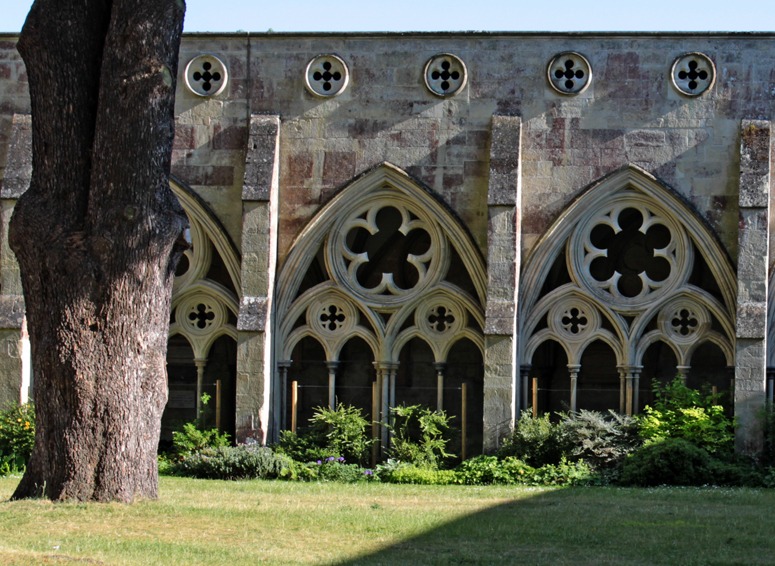
Is the planting in Salisbury Cathedral Cloister designed to hide the 'ugly' medieval stonework in England's largest cloister 'garden'?
It takes one’s breath away. How can the managers of Salisbury Cathedral Cloister be so misguided in their approach to planting design? Do they really want to give one of the masterpieces of medieval European landscape architecture (1280) the character of a Victorian vicarage? The apparent aim is to hide the floral tracery of arcades behind a shrubbery, and to hide those ugly stone columns with some nice green tanalized wooden posts – even the galvanized wire does not make them beautiful. Perhaps the trouble began when some past prelate had the idea of being buried in the cloister, making his successors think the place was a boneyard. Ugh. I wish the Church of England could resolve its problems with women priests, gay priests and planting design. The solutions are obvious and I would give them my advice with free and tolerant humility. Prima facie, I suggest (1) leave the cedars, despite their historical inaccuracy (2) remove the shrubbery (3) manage the grass as even more of a flowery mead than its present condition, (4) perhaps, have an annual design for the layout of mown paths in the millefiori.
(See yesterday’s post on the social use of cloister garths)
The use of cloister courts and garths for memorial plaques is fairly common in England. It can be compared to memorial plaques inside cathedrals and, of course, to the tomb gardens of Egypt, China, India and elsewhere. But it does not feel right and I think the Buddha had the right attitude when he asked for his grave to be unmarked. It was a sign of humility. Memorials smack of ostentation. But placing an engraved stone on a wall or floor is preferable to memorial stones in grass: they are often unsightly; they diminish the vegetated area; they are impure.


